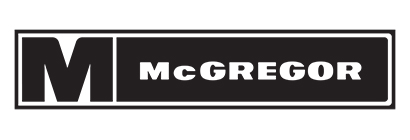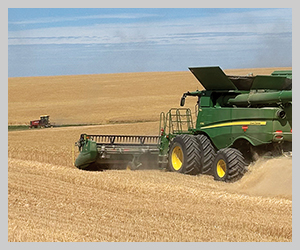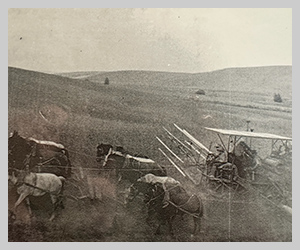Tips for surviving a difficult farm economy

The ag commodity market has never been for the faint of heart, and today’s farm economy is testing even the most seasoned farmers. Between rising input costs, low grain prices, and high interest rates, many producers are tightening belts and looking for every possible edge. Surviving — and even thriving — in this kind of environment starts with financial discipline. Here are four core strategies that can help you weather the storm.
Know your margins
If you don’t know your break-even cost per acre, now is the time to figure it out. Many farmers make the mistake of focusing solely on yields and gross revenue. While those numbers feel good, they don’t tell the whole story. The true indicator of financial success is your net profit, which starts with knowing your cost of production. Having a firm grasp on cost of production allows you to evaluate your operation one field at a time.
During my tenure working on a farm, one thing I learned is every piece of ground is unique, and it’s easy to become personally attached. This can make it incredibly hard to walk away from a lease, especially if it’s been in your operation for decades. Hanging onto unprofitable acres, at best, will cause your financial success to suffer or could eventually break you. Consider your economies of scale. If dropping an underperforming lease allows you to cut back on labor costs or reduce the amount of equipment you run, your overall profitability could improve, even with fewer acres.
Create an honest budget
Successful farmers don’t just track the numbers — they plan for them. That starts with building a budget that’s conservative and grounded in reality. Resist the urge to plug in best-case yields or optimistic grain prices just to make things pencil out. Your banker will see right through that, and more importantly, you’ll be setting yourself up for financial whiplash and disappointment if the crop falls short.
Instead, base your numbers on average yields over the past five to 10 years, adjusted for current market conditions. Make sure you account for all costs, including fixed expenses, variable inputs, and family living. The number one thing I would keep out of the budget for now, unless it’s a necessity, is new equipment. Instead, focus on repairs and maintenance before taking on new debt or spending your available capital on new iron. Some of the most profitable farms on a per-acre basis aren’t running the most up-to-date equipment, but continue to invest in their older machines.
Manage debt with precision
In tight times, debt can be a useful tool — or a dangerous liability. The goal should be to borrow the least amount of money for the shortest possible term. Interest expense can quickly erode already narrow margins, so use caution when taking on new obligations.
I would recommend shopping around for financing. While traditional banks are an obvious first stop, some suppliers and equipment dealers offer low or even zero-interest financing during promotional windows. Just be sure to read the fine print and factor repayment terms into your budget.
Create additional income streams
Even in a tight farm economy, opportunities exist to bring in additional revenue. Custom work — from planting and spraying to harvesting — can help improve your cash flow. Many times, I’ve seen a client pay for a piece of equipment just from the income their custom work generates. If you have underutilized equipment or labor, consider offering services to neighbors who may need short-term or even annual support.
Stay in touch with your local Farm Service Agency office to stay informed about new and upcoming programs. Conservation incentives, disaster relief payments, and Agriculture Risk Coverage and Price Loss Coverage programs will not cover all your shortfalls, but they can provide meaningful supplemental income.
As tempting as it can be, don’t shortchange yourself on crop insurance. While cutting coverage might save you a few bucks up front, it can expose your operation to devastating risk if disaster strikes. In today’s volatile climate, the potential cost of farming without coverage far outweighs the savings.
Finally, consider taking your marketing to a new level. Locking in prices at the right time can be just as important as producing a good crop. Call up your local grain merchandiser and become familiar with HTAs (Hedge-to-Arrive) and basis contracts. Understanding and using these tools can give you more control over your final selling price — and help improve your peace of mind.
Final thoughts
While there’s no magic bullet for navigating a tough farm economy, disciplined financial management can help you make better decisions, reduce risk, and position your operation to emerge stronger when conditions improve. Farming has never been easy, but with smart financial strategies, you can keep your operation on solid ground and prepare for the better days ahead.
Kameron Schultz is a CPA with Leffel, Otis & Warwick, P.S. and works out of the firm’s Fairfield, Tekoa, and St. John offices. He was raised around agriculture and has a decade of farming experience. He works primarily with farmers and ag businesses. For information, visit low.cpa.

















